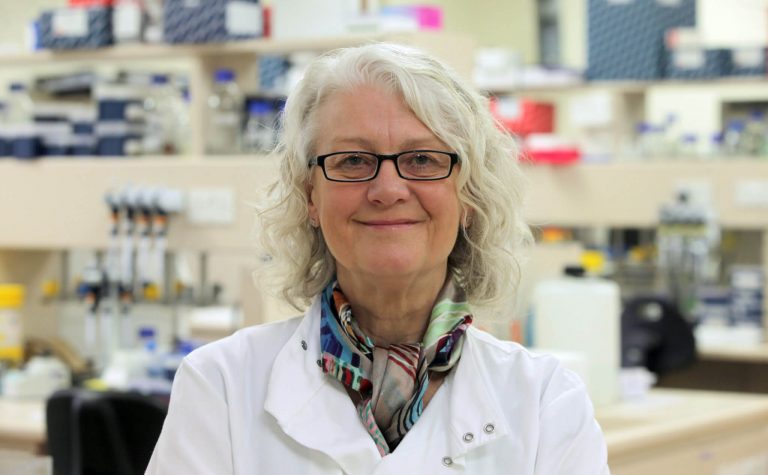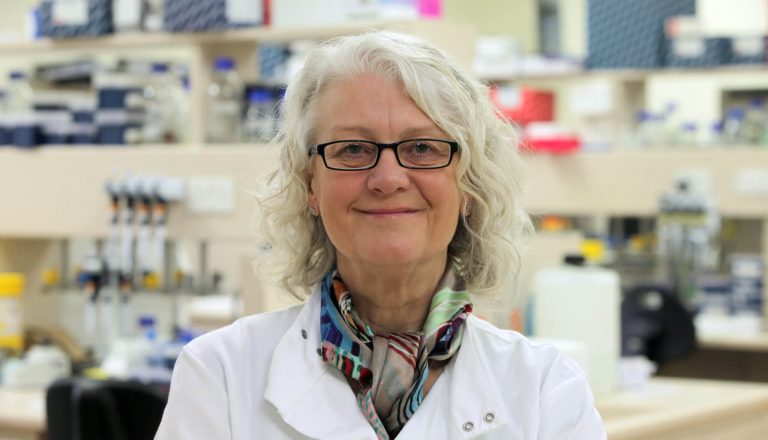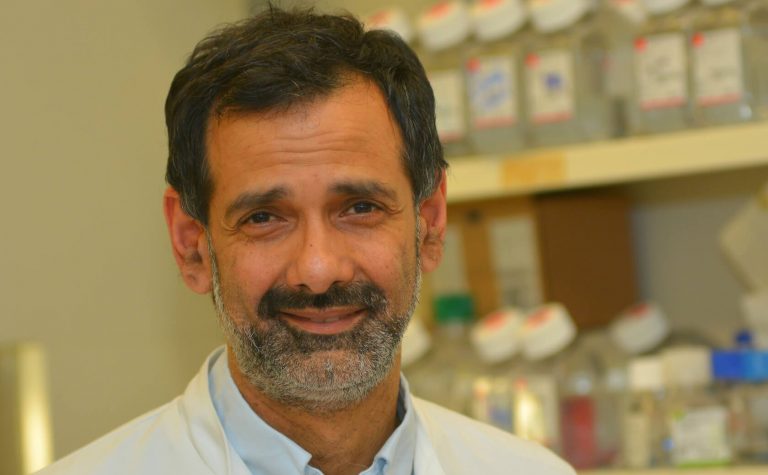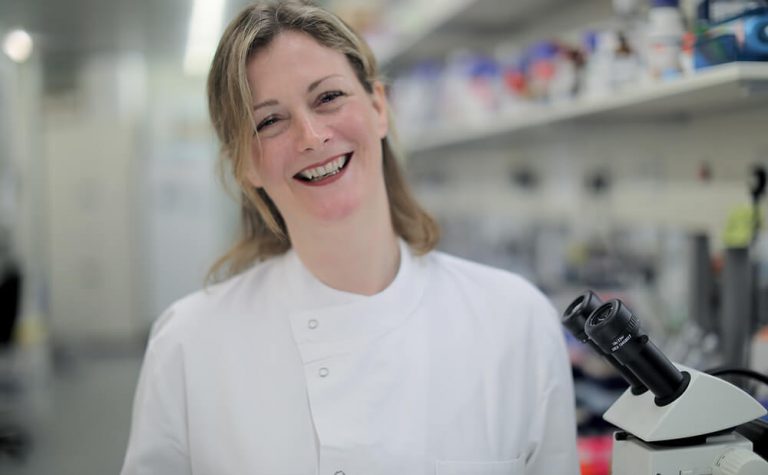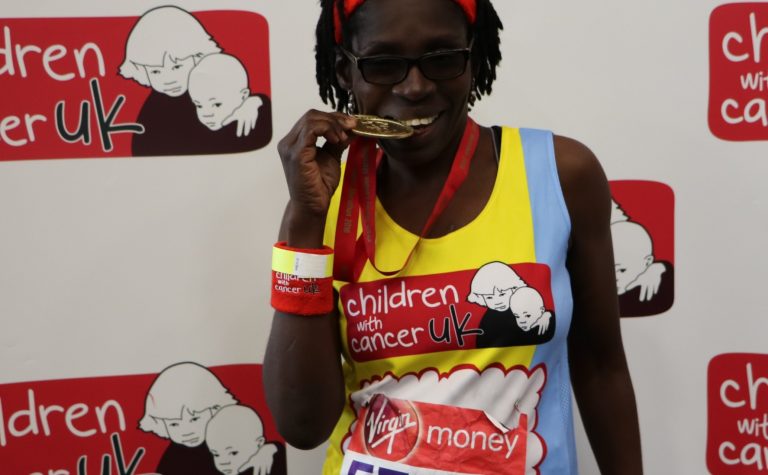There’s still about 10 per cent of the human genome (our complete set of DNA) that we know little about, and parts of that may affect the development of childhood cancer. In this pilot project, Professor Harrison and Dr Sarra Ryan are developing revolutionary, state-of-the-art technologies to explore this region for the first time, to improve our understanding of how childhood cancer develops and how we might stop it.
Whole Genome Sequencing (WGS) lets us look for abnormalities within a person’s DNA, helping us target treatments for cancer. But so far we’ve been unable to chart 5-10 per cent of the human genome. This project is developing new technology to help us map the complete DNA sequence.
Thank you
This research project on mapping the complete DNA sequence has been successfully completed. Your donations allow us to fund ground-breaking research that can improve treatments given to children with cancer. Thank you. Your help allows us to continue to find ways to drive up the chances of survival for children with cancer and reduce the toxic side effects that can affect the rest of their lives.
